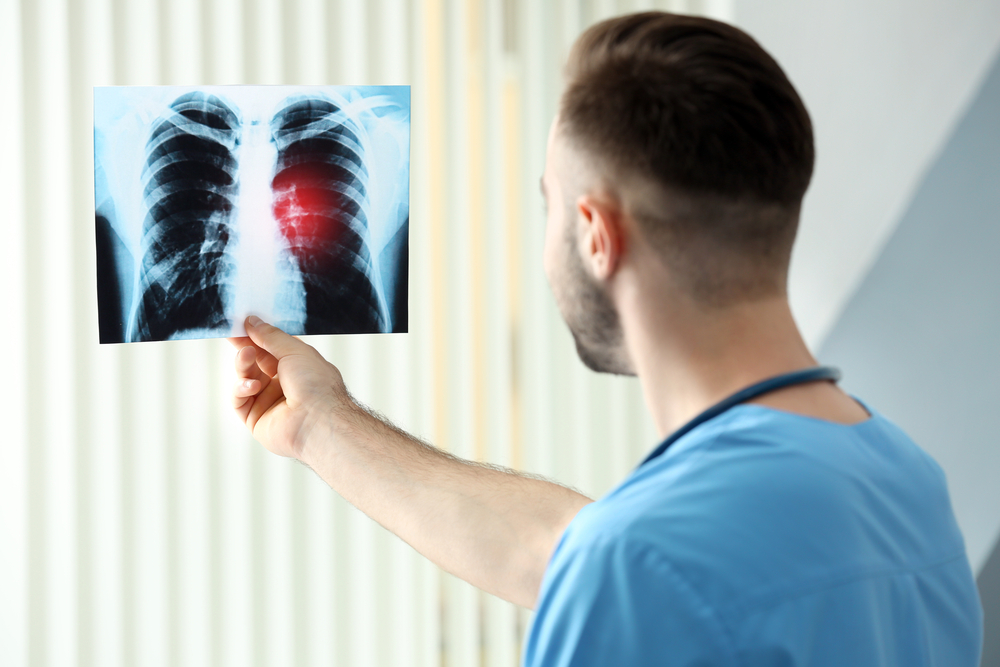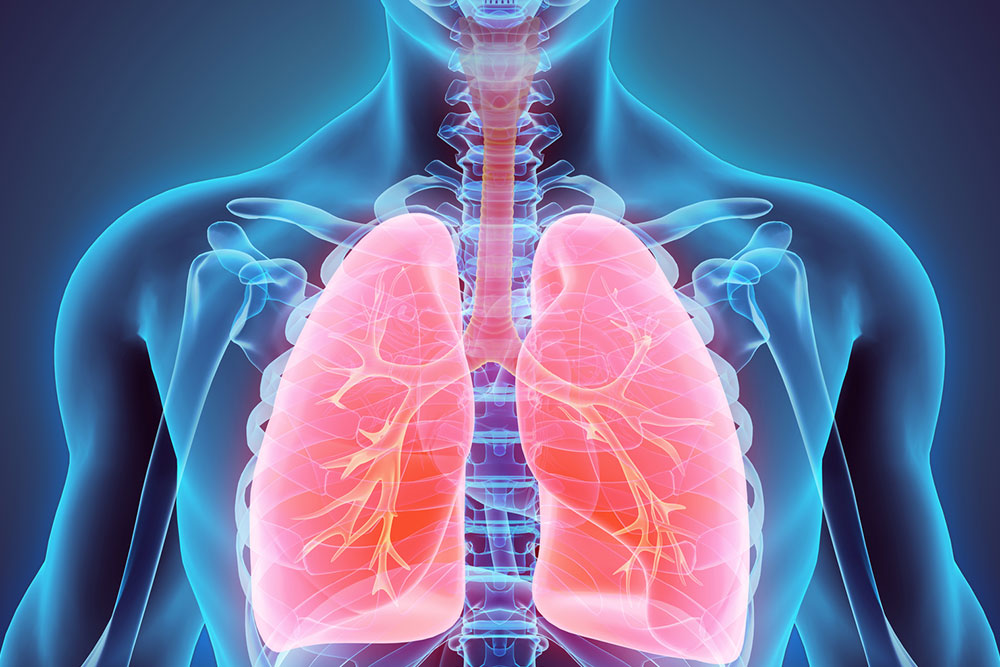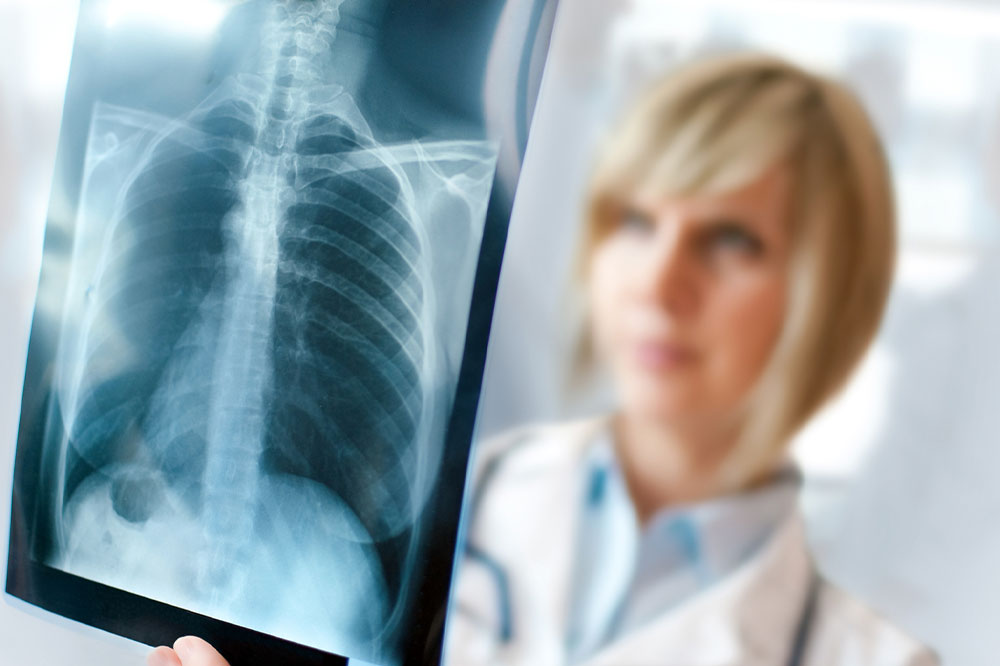Comprehensive Guide to Triple-Negative Breast Cancer: Causes, Symptoms, and Cutting-Edge Treatment Options
This comprehensive guide explores triple-negative breast cancer, highlighting its causes, symptoms, and the latest treatment strategies. With advances in therapy and early detection, prognosis has improved significantly. Learn about risk factors, disease stages, and management options to better understand and combat this aggressive breast cancer subtype.

Comprehensive Guide to Triple-Negative Breast Cancer: Causes, Symptoms, and Cutting-Edge Treatment Options
Breast cancer remains one of the most prevalent and challenging health issues affecting women worldwide, with millions of new cases diagnosed each year. Globally, approximately 264,000 women and 2,400 men are diagnosed with breast cancer annually, underscoring the importance of ongoing research, early detection, and effective treatment strategies. Among various subtypes of breast cancer, triple-negative breast cancer (TNBC) stands out due to its aggressive nature and the difficulties associated with its treatment.
Recent advances in oncology have significantly improved the prognosis for many breast cancer patients, including those diagnosed with TNBC. Understanding the causes, symptoms, disease progression, and available therapies for this specific subtype is vital for patients, healthcare providers, and the broader community to promote early detection and successful management.
What is Triple-Negative Breast Cancer?
TNBC is a distinct form of breast cancer characterized by the absence of three key receptors: estrogen receptors (ER), progesterone receptors (PR), and human epidermal growth factor receptor 2 (HER2). This receptor status renders many traditional hormone-based therapies ineffective against TNBC, making it more challenging to treat than other types of breast cancer that are hormone receptor-positive or HER2-positive.
Under normal circumstances, breast cancer cells depend on hormones like estrogen and progesterone, or on signaling through HER2 proteins, to promote their growth and proliferation. However, in TNBC, these growth pathways are inactive, which classifies it as a biologically distinct disease. This absence of the three receptors influences both the disease's behavior and the approach toward its treatment, requiring alternative therapies such as chemotherapy, immunotherapy, or targeted drugs.
Factors that Contribute to the Development of Triple-Negative Breast Cancer
Understanding the risk factors associated with TNBC can aid in early diagnosis and personalized prevention strategies. These factors include:
Genetic predisposition: Mutations in the BRCA1 gene significantly increase the risk of developing TNBC, with studies indicating that approximately 70% of women carrying BRCA1 mutations will develop this subtype of breast cancer at some point in their lives. Hereditary factors play a pivotal role, and genetic testing can help identify high-risk individuals.
Hormonal and reproductive factors: Women who experience late childbirth (after age 30) or who remain nulliparous (having never given birth) have an increased risk of developing TNBC. The hormonal fluctuations associated with reproductive history can influence breast tissue susceptibility to malignancies.
Lifestyle and environmental influences: Sedentary lifestyles, physical inactivity, obesity, and exposure to certain environmental toxins can elevate the risk of various breast cancer subtypes, including TNBC. Maintaining a healthy weight and regular physical activity are preventative measures that can reduce risk.
Vitamin D deficiencies: Adequate levels of vitamin D are associated with a lower risk of breast cancer. Vitamin D influences cell growth regulation and immune responses, which can help prevent abnormal cell proliferation. Deficiency in this nutrient correlates with increased susceptibility to TNBC.
Recognizing the Symptoms of Triple-Negative Breast Cancer
Early detection is crucial for effective treatment. Symptoms of TNBC often overlap with other breast cancer types and include:
Noticeable changes in breast size or shape, often sudden or asymmetrical
The presence of a lump or mass that may be firm and painless
Pain or tenderness in the breast or nipple area
Inverted or retracted nipples
Nipple discharge that may be bloody or clear
Skin changes such as dimpling, redness, or peeling around the breast
Understanding Disease Progression and Stages in TNBC
TNBC advances through specific stages, each marked by increasing severity and spread:
Stage 0 (Carcinoma in situ): Abnormal cells confined within the ducts or lobules of the breast without invasion into surrounding tissue.
Stage 1: A small tumor limited to the breast with minimal lymph node involvement.
Stage 2: Tumor size increases or involvement of axillary lymph nodes begins, indicating local spread.
Stage 3: Tumor extends beyond the breast tissue and nearby lymph nodes, indicating regional spread but not yet distant metastasis.
Stage 4: The disease metastasizes to distant organs such as the bones, liver, lungs, or brain, complicating treatment and prognosis.
Current Treatment Strategies and Management Approaches for TNBC
Given the lack of hormone receptors, treatment for TNBC primarily relies on methods capable of destroying rapidly dividing cells and eliciting an immune response. These include:
Surgical interventions: Options include lumpectomy (removing only the tumor and nearby lymph nodes) or mastectomy (complete removal of the breast), often followed by reconstructive procedures.
Radiation therapy: Post-operative radiation helps eradicate residual cancer cells, reducing recurrence risks. It is usually administered over several weeks.
Chemotherapy: The cornerstone of TNBC treatment, chemotherapy targets dividing cancer cells throughout the body. Various regimens—combining drugs like doxorubicin, cyclophosphamide, and taxanes—are tailored to disease stage and patient health.
Targeted therapies and immunotherapy: Recent breakthroughs include PARP inhibitors for BRCA-mutated cancers and immune checkpoint inhibitors, which bolster the body's immune response against tumor cells.
Potential Side Effects and Considerations in Treatment
While these therapies have improved survival rates, they can be associated with side effects such as:
Nausea and vomiting, especially after chemotherapy
Fatigue and general exhaustion
Skin reactions like redness, peeling, or sensitivity
Lymphedema causing swelling due to lymph node removal or radiation
Possible impact on fertility in some cases
It is important for patients to discuss potential risks and side effects with their healthcare team to optimize treatment plans. Advances in medical research continue to improve outcomes; for instance, the five-year survival rate for localized TNBC now exceeds 91%, a significant improvement over previous decades.
Complementary approaches, including dietary modifications rich in phytochemicals like folates, curcumin, sulforaphane, and genistein, can support healing and immune function. Additionally, avoiding processed foods, excessive sugars, and salty snacks can help maintain overall health during treatment and recovery stages.





